Expansion joints and its usage

Expansion joints are crucial components in construction and engineering projects, designed to absorb movement and prevent structural damage caused by various forces. These joints accommodate thermal expansion and contraction, vibrations, and other dynamic loads, ensuring the longevity and safety of structures. In this article, we will explore the types, benefits, and diverse applications of expansion joints.
What is an Expansion Joint?
An expansion joint, also known as a movement joint, is an assembly designed to safely absorb the temperature-induced expansion and contraction of building materials. It also absorbs vibration and allows movement due to ground settlement or seismic activity. Expansion joints are typically installed in structures such as buildings, bridges, sidewalks, piping systems, and railway tracks.
Types of Expansion Joints
- Building Expansion Joints: Used in buildings to accommodate the expansion and contraction of construction materials caused by temperature changes, seismic activity, and other factors.
- Bridge Expansion Joints: Installed in bridges to allow for the thermal expansion and contraction of bridge materials, as well as to absorb vibrations from traffic.
- Pipeline Expansion Joints: Used in piping systems to absorb thermal expansion, reduce vibration, and compensate for misalignment.
- Railway Expansion Joints: Installed in railway tracks to manage the thermal expansion of the rails, preventing track deformation.
- Sidewalk and Pavement Expansion Joints: Placed in sidewalks and pavements to prevent cracking due to temperature changes and ground movement.
Key Characteristics of Expansion Joints
- Flexibility: Expansion joints are designed to be flexible, allowing them to absorb and compensate for movements in structures.
- Durability: Made from materials like rubber, metal, and composite materials, expansion joints are built to withstand harsh conditions and heavy usage.
- Resistance to Environmental Factors: Expansion joints are resistant to various environmental factors such as moisture, chemicals, and temperature fluctuations.
- Ease of Installation: Expansion joints can be easily installed in both new constructions and existing structures.
Benefits of Using Expansion Joints
- Prevent Structural Damage: By absorbing and compensating for movements, expansion joints prevent cracks, breaks, and other forms of structural damage.
- Enhance Safety: Expansion joints help maintain the integrity of structures, ensuring they remain safe for use and occupancy.
- Increase Longevity: The use of expansion joints extends the lifespan of structures by mitigating the effects of thermal expansion, contraction, and other dynamic forces.
- Cost-Effective Maintenance: By preventing damage, expansion joints reduce the need for costly repairs and maintenance over the life of the structure.
Common Applications of Expansion Joints
- Buildings: Expansion joints are installed in large buildings to accommodate movements due to temperature changes, seismic activity, and settling.
- Bridges: Bridge expansion joints absorb thermal expansion and contraction, as well as vibrations from traffic, ensuring the longevity and safety of the bridge.
- Piping Systems: In piping systems, expansion joints absorb thermal expansion, reduce vibrations, and compensate for misalignment, preventing leaks and pipe damage.
- Railways: Railway expansion joints manage the thermal expansion of rails, preventing track deformation and ensuring smooth and safe train operations.
- Sidewalks and Pavements: Expansion joints in sidewalks and pavements prevent cracking and damage caused by temperature changes and ground movement.
- Industrial Applications: Expansion joints are used in various industrial applications, including machinery and equipment, to absorb vibrations and movements, ensuring operational efficiency and safety.
- Marine Applications: In marine environments, expansion joints accommodate movements due to waves, tides, and temperature changes, protecting docks, piers, and other structures.
Conclusion
Expansion joints play a vital role in maintaining the integrity and safety of structures across various industries. Their ability to absorb movements and compensate for dynamic forces makes them essential components in construction, engineering, and industrial applications. From buildings and bridges to pipelines and railways, expansion joints prevent structural damage, enhance safety, and extend the lifespan of structures. Understanding the types, benefits, and applications of expansion joints allows engineers and builders to make informed decisions, ensuring the durability and reliability of their projects.

